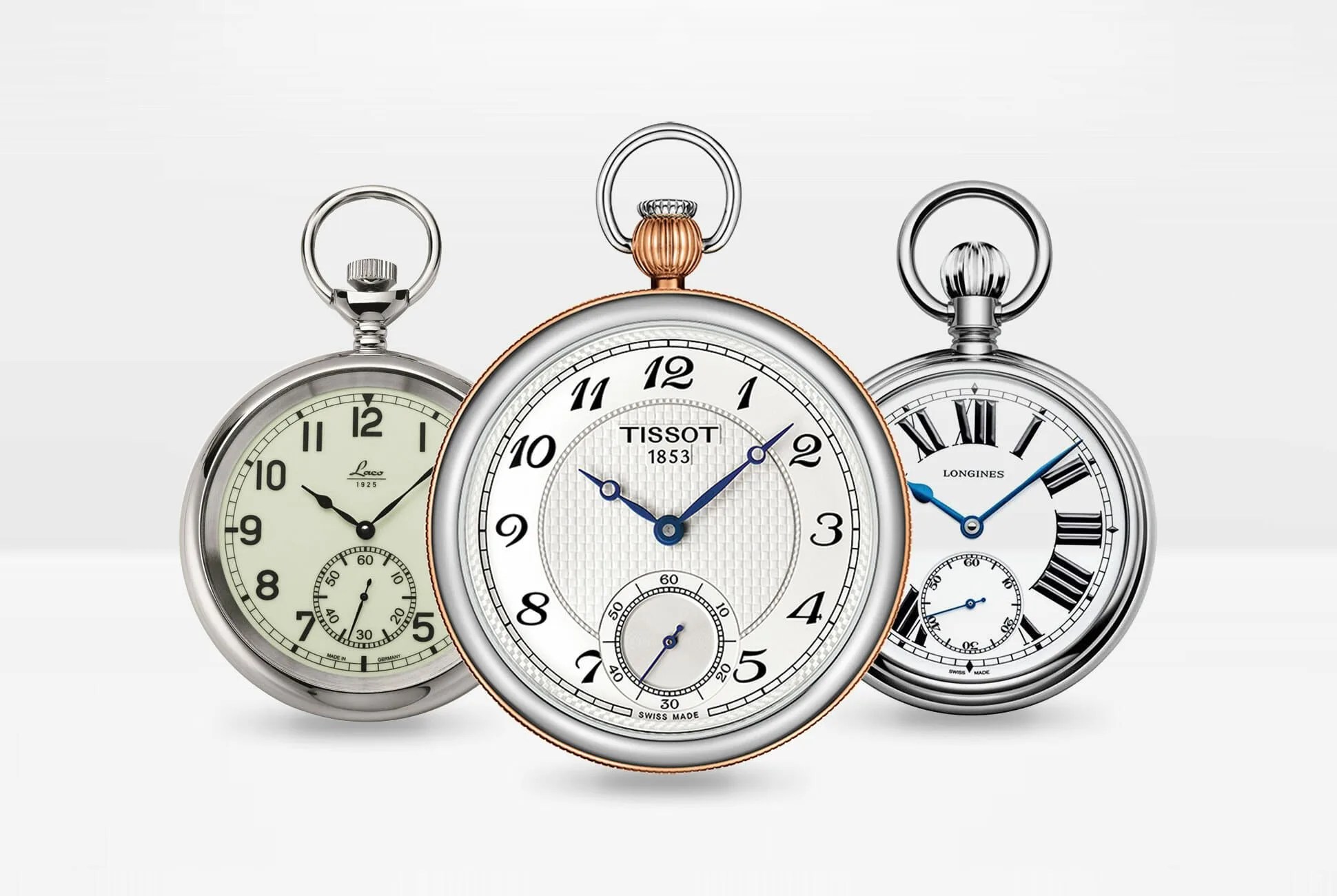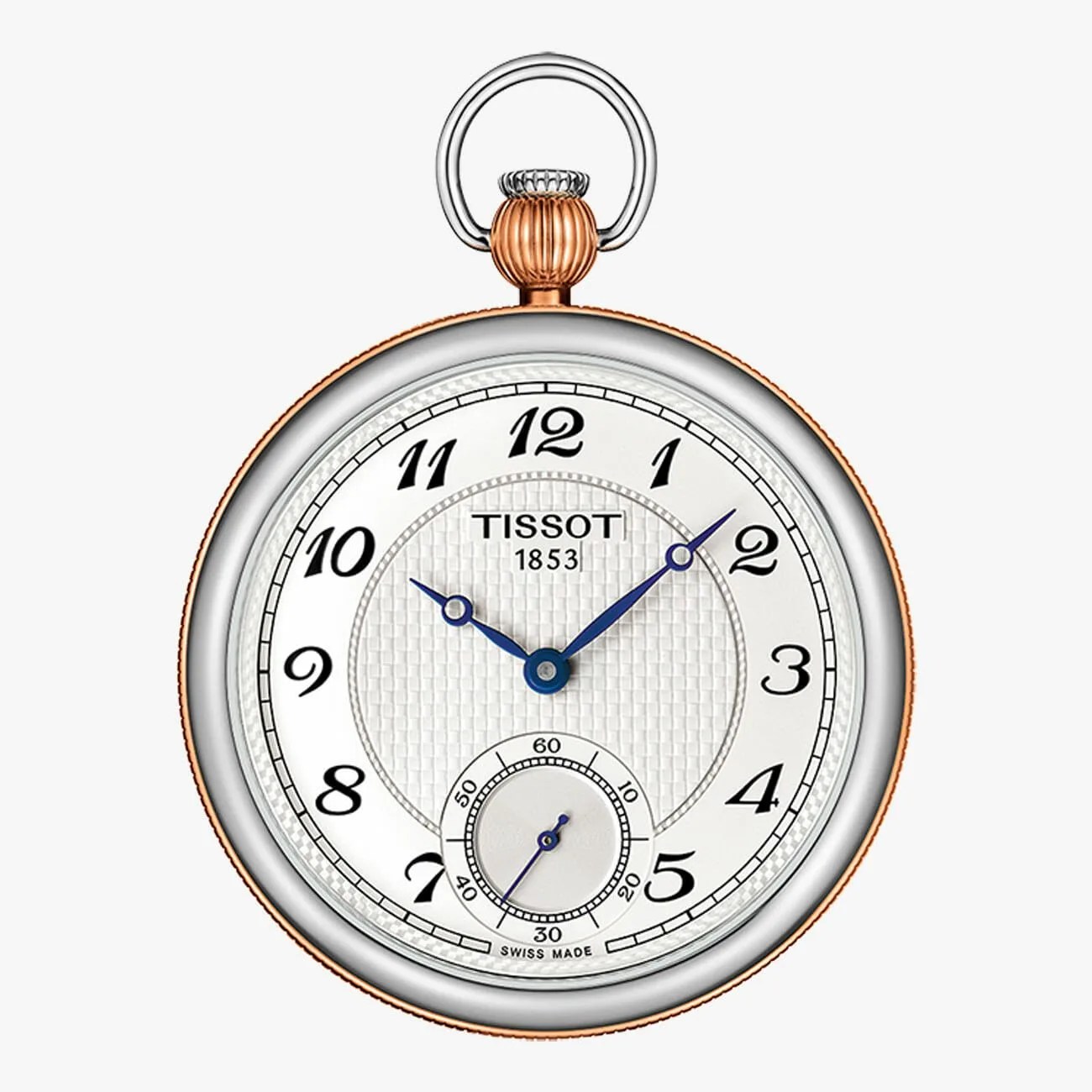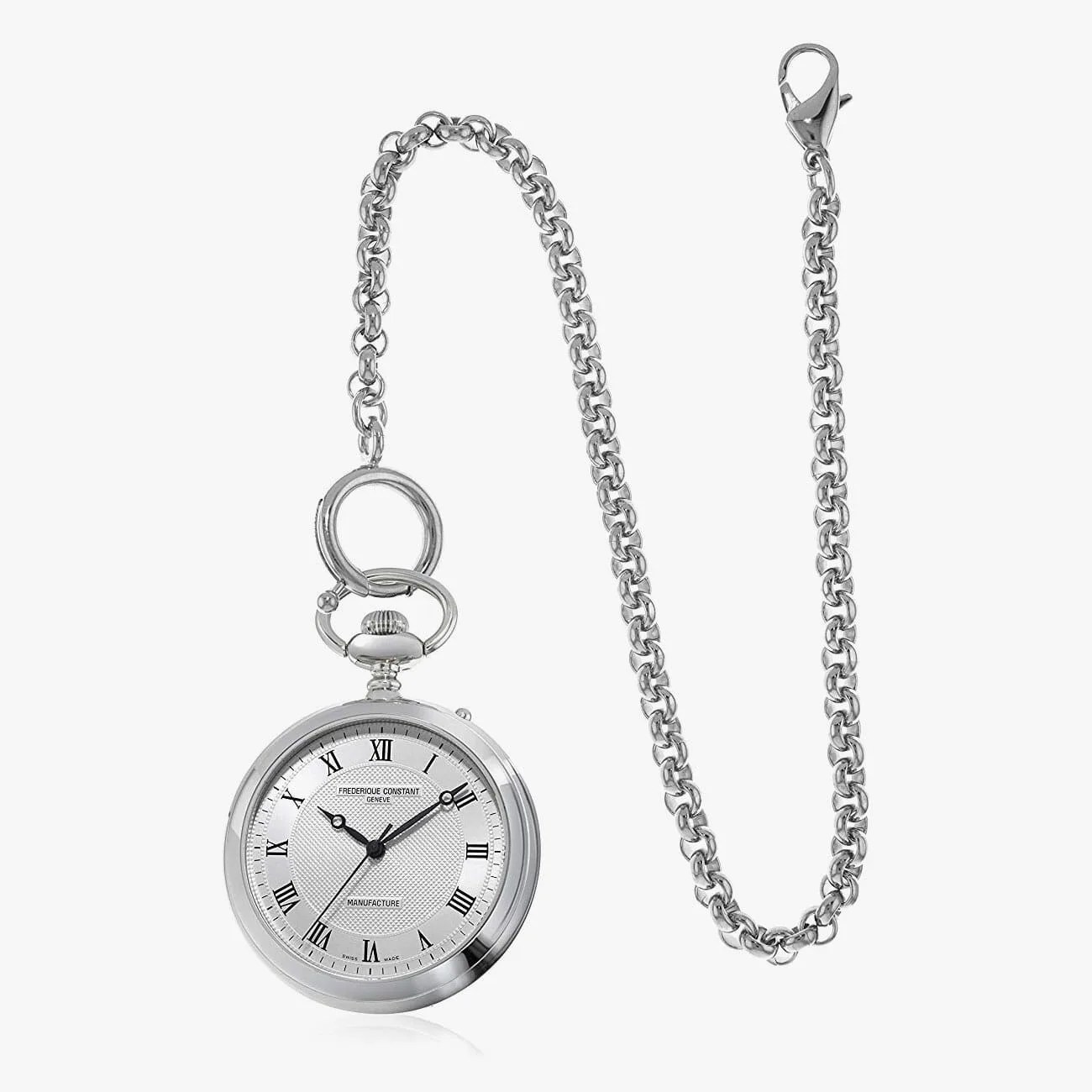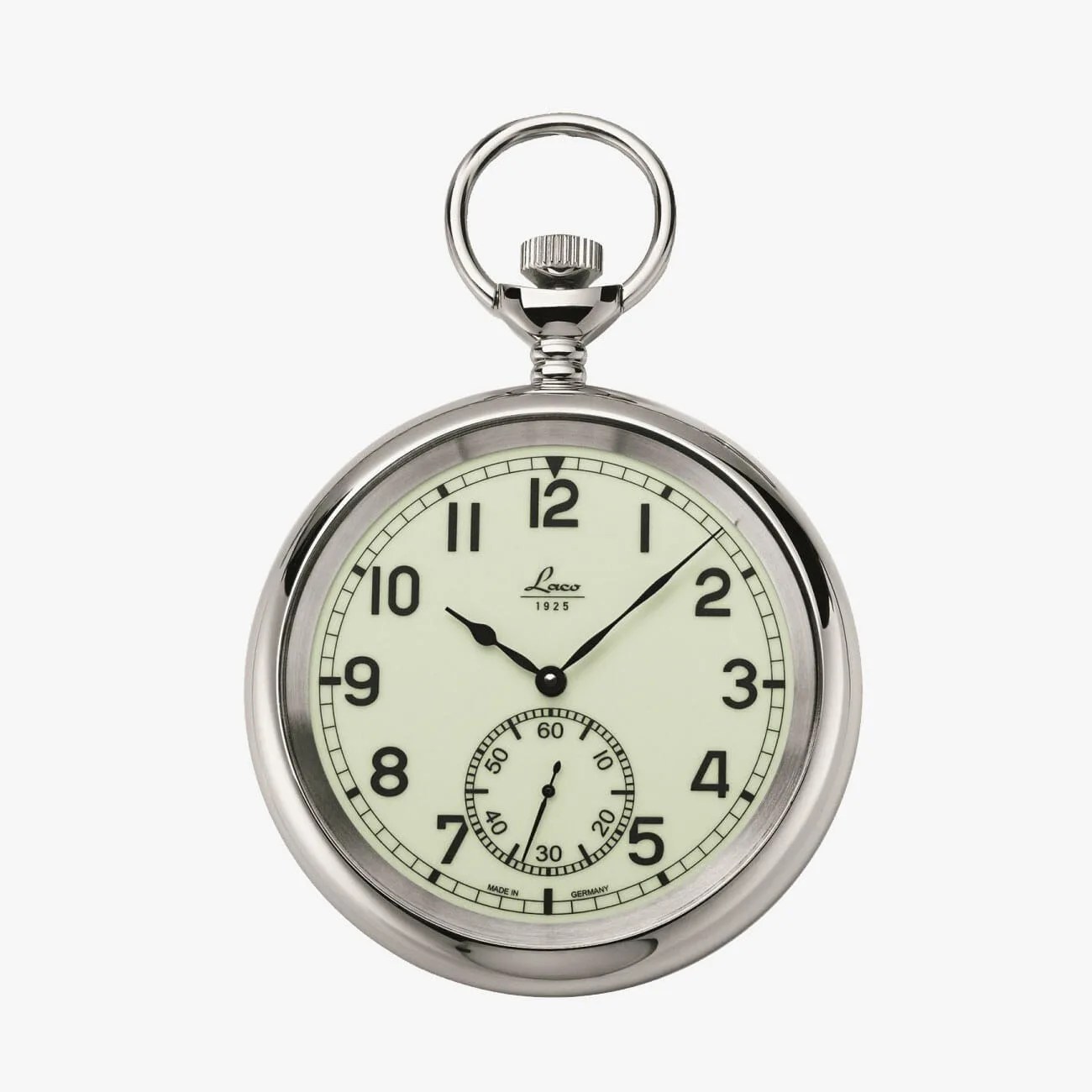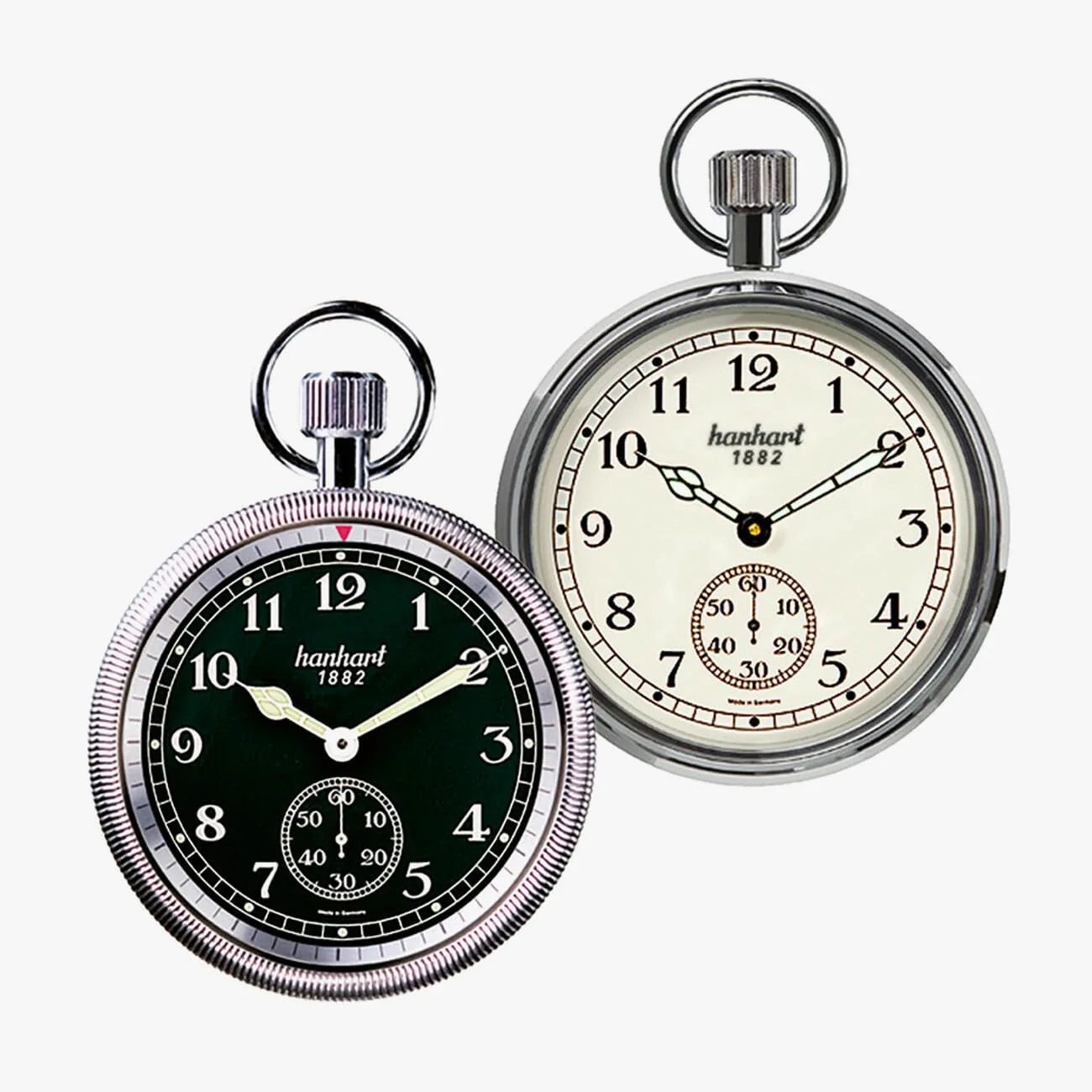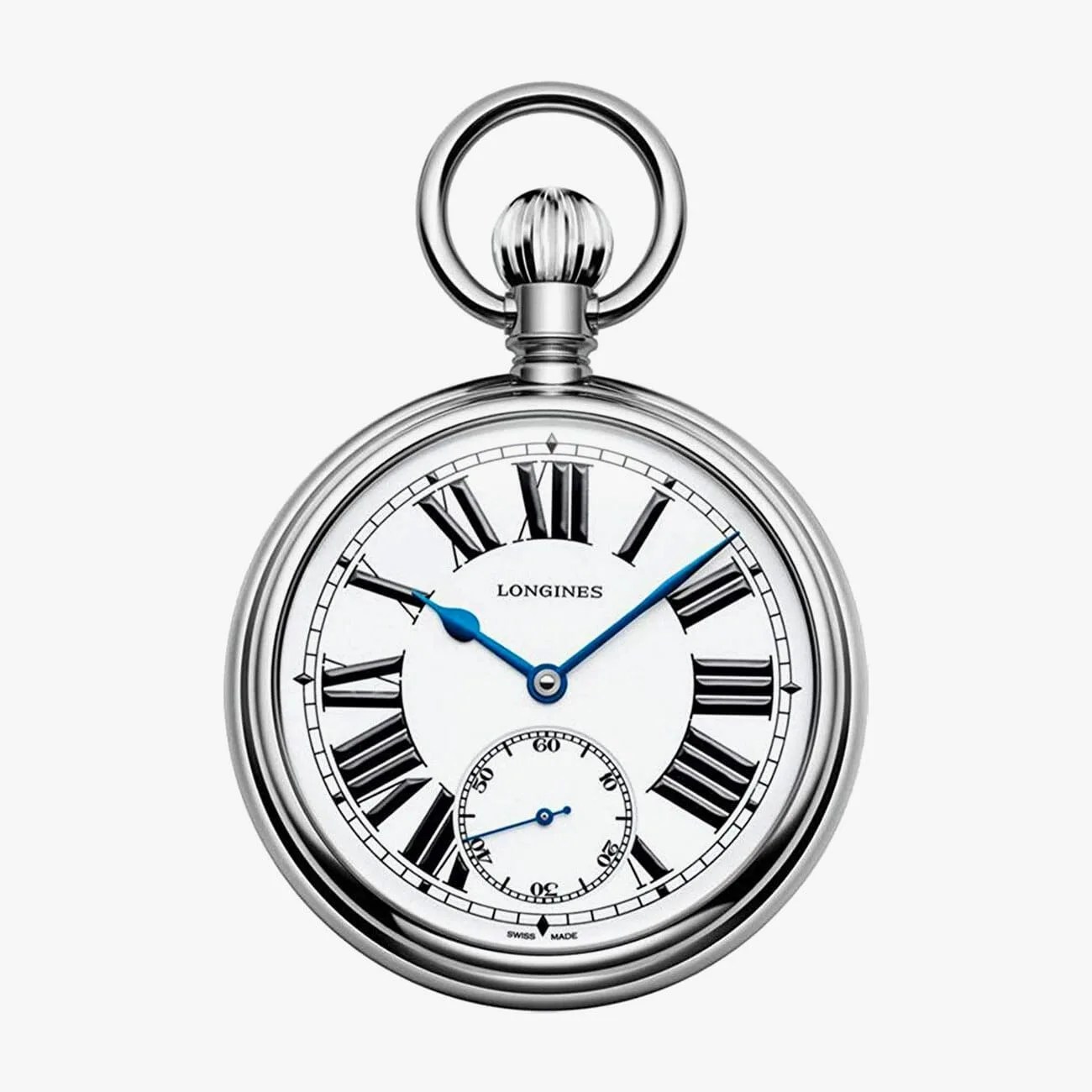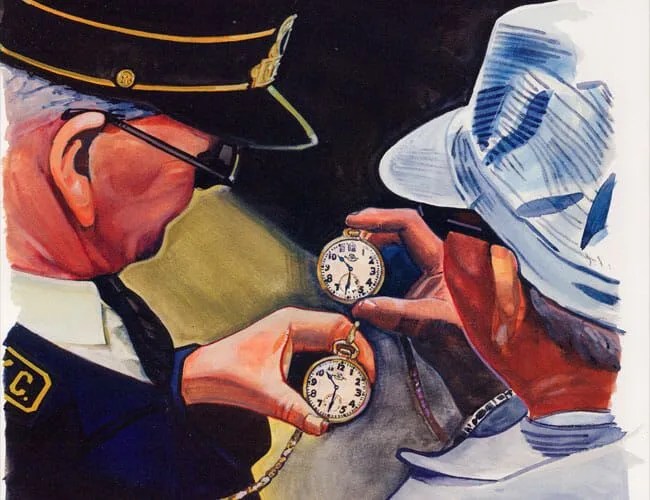That small, mysterious pocket on the front of your pair of jeans? It was made to hold a pocket watch and begs to differ that there is no place for one in modern life. While uncommon today, pocket watches are still very much a thing. Many may be surprised to learn that modern watch companies continue to produce high-quality pocket watches in classical as well as contemporary forms with mechanical movements as well as those with more affordable quartz.
Pocket watches may seem to some about as relevant and appropriate to contemporary life as, say, top hats and monocles, but the experience of using one will feel familiar to anyone who has pulled a phone out of his or her pocket to check the time. Hardly less anachronistic or obsolete than wrist watches, for example, there’s no practical reason not to rock one if it strikes your fancy. Here’s how it works: One end of a chain or strap attaches to a button hole (say, in a vest or jacket’s lapel) or belt loop. The other end holds the watch, which resides in a pocket. The chain makes the watch easy to access quickly and protects the watch from accidental drops.
Pocket watches had a good, long run of popularity between the 16th and 20th centuries, when they were simply called “watches” before the later need to distinguish them from wristwatches. Using a pocket watch can be a satisfying experience, which impart a hefty weight in the hand and elegant details. Pocket watches come in different sizes, and sometimes offer features like hinged lids (“hunter-style”) and/or case backs that can be canvases for art and engravings — providing interesting possibilities for personalized gifts.
There are a number of high-end luxury watch companies that produce very expensive pocket watches in precious metals which are more or less exercises in haute horlogerie and intended for elite collectors. Vacheron Constantin’s reference 57260, for example, holds the title of world’s most complicated watch and is ergonomically akin to a grapefruit. More down-to-earth options, however, some with modern designs, others more classical, make the idea of carrying a pocket watch seem more fun and approachable for the average person.
Vintage is always an option, and many fascinating pieces can still be found in working condition, and even for reasonable prices. However, pocket watches made with modern materials and production techniques will be more robust and hassle-free — and they are interesting partially simply for existing. Here are some pocket watches being produced today by Swiss and other companies that are noteworthy and reasonably priced.
Orient World Stage
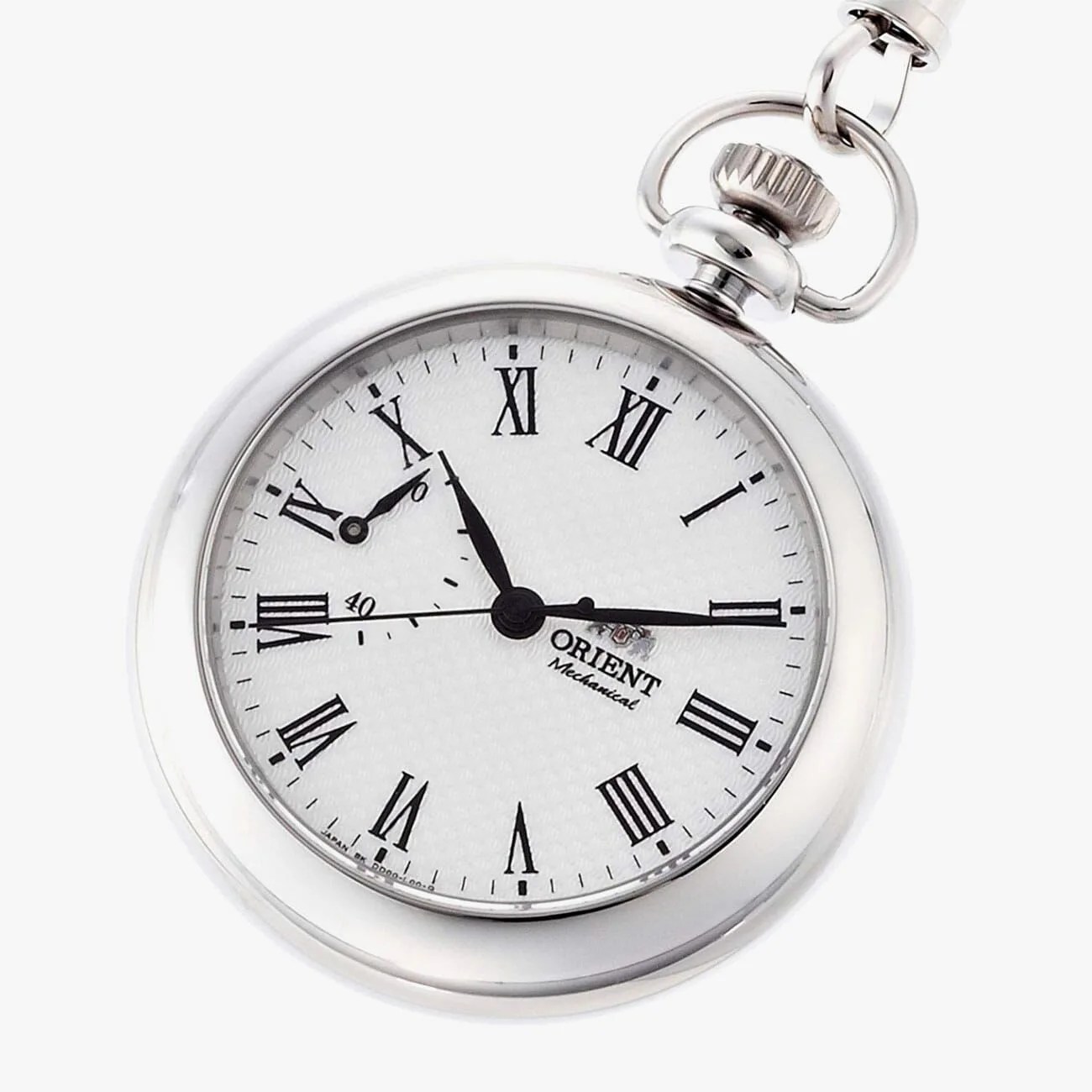
Well known for offering some of the strongest value out there in mechanical wristwatches, Japanese Orient Watch Company also makes the odd pocket watch. Here is a good example, with a manually wound Japanese movement featuring a 40-hour power reserve and even a handy power reserve indicator on the dial. Premium features like sapphire crystal sweeten the deal.
